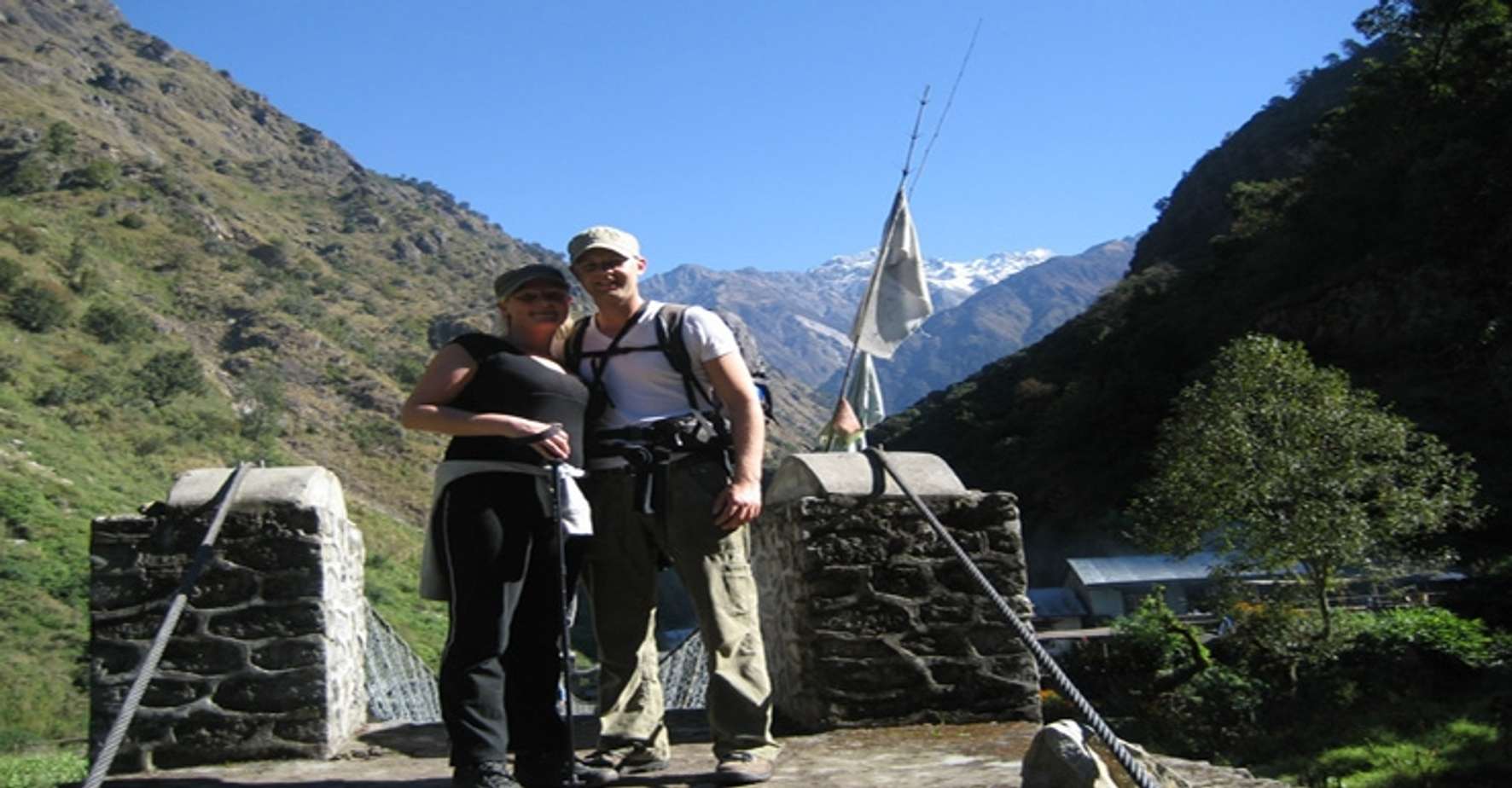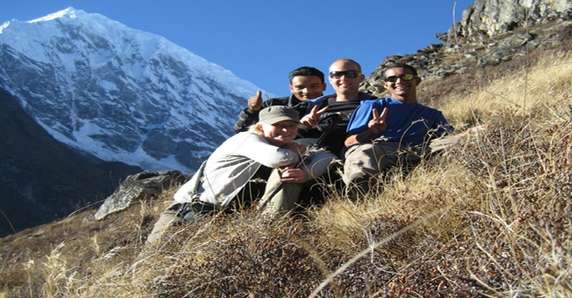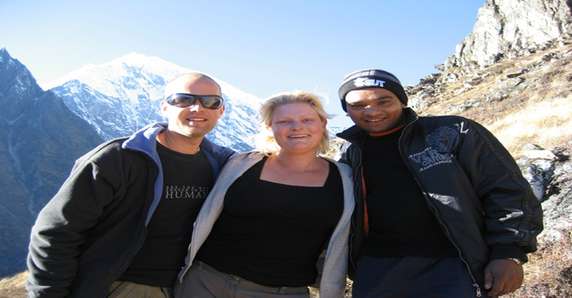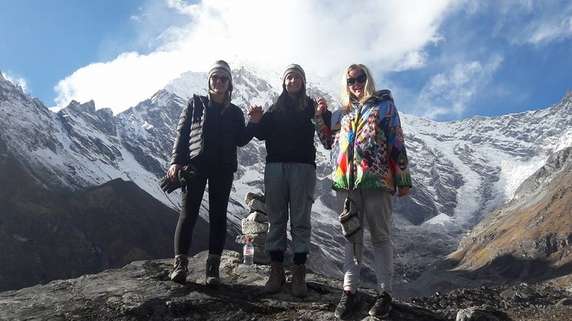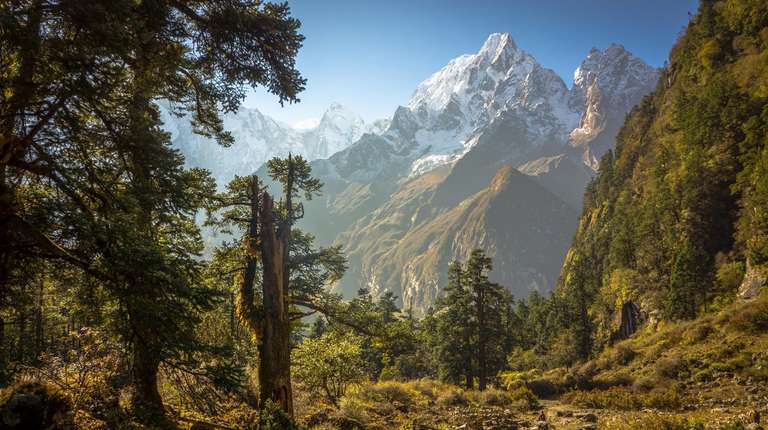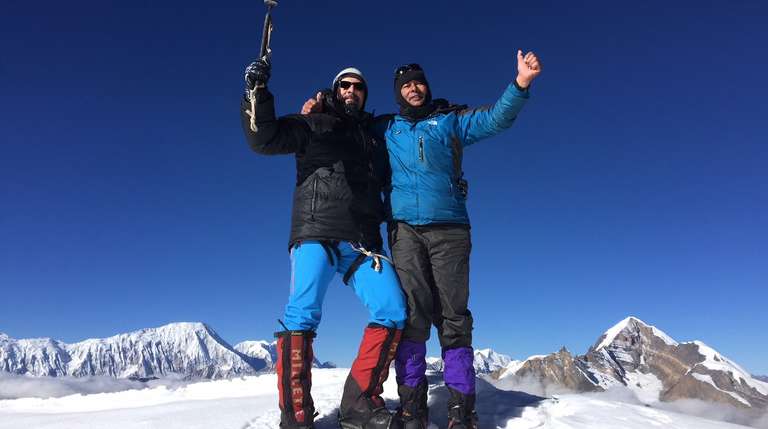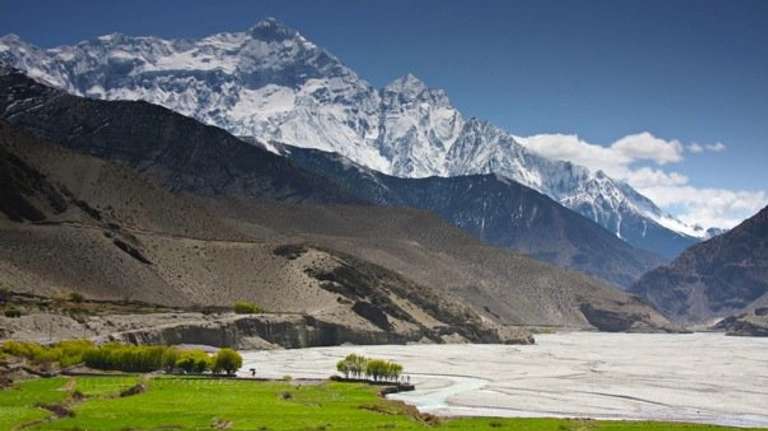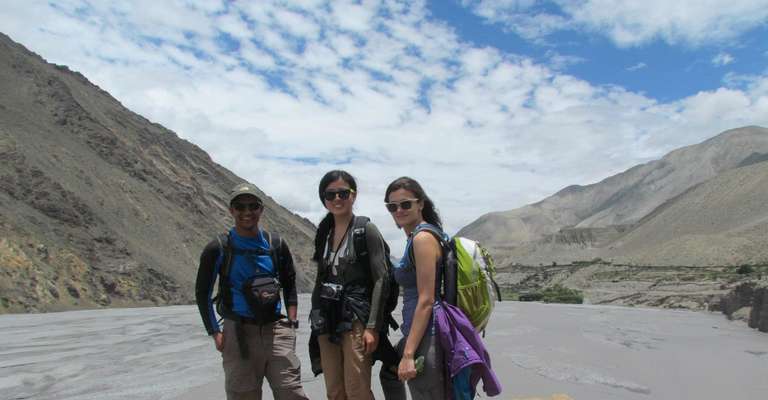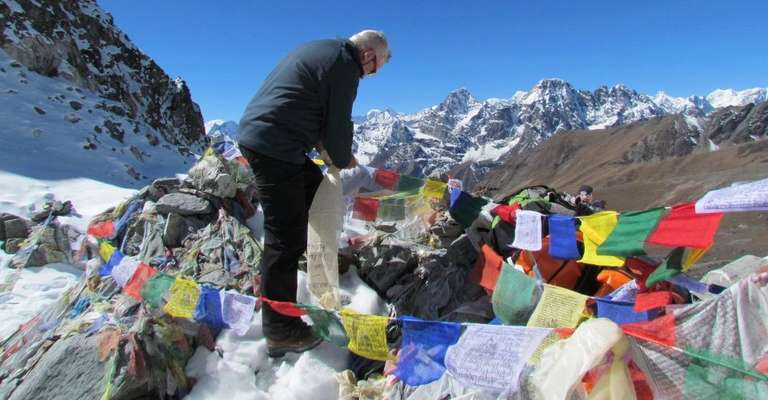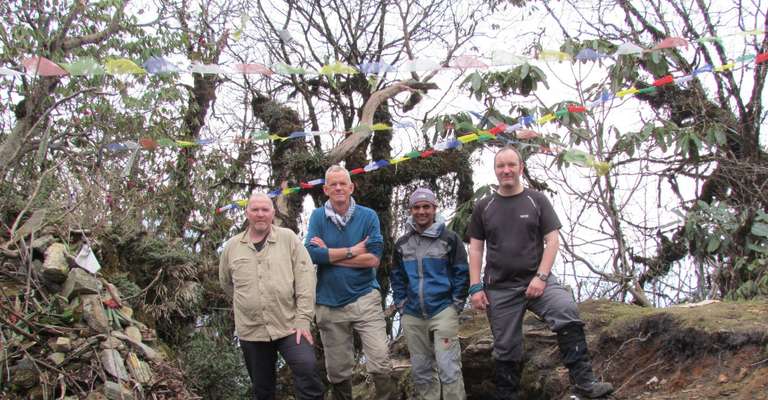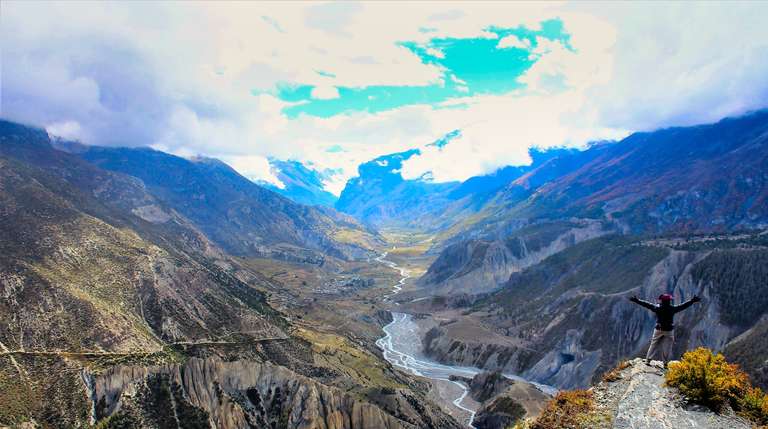Highlights
Do the Langtang trek, probably Nepal's best trek if having 8 days available
Magnificent mountain views
Great scenic as well as cultural trek
Hike your own 5000 m peak, either Kyanjin Ri or Tseku Ri
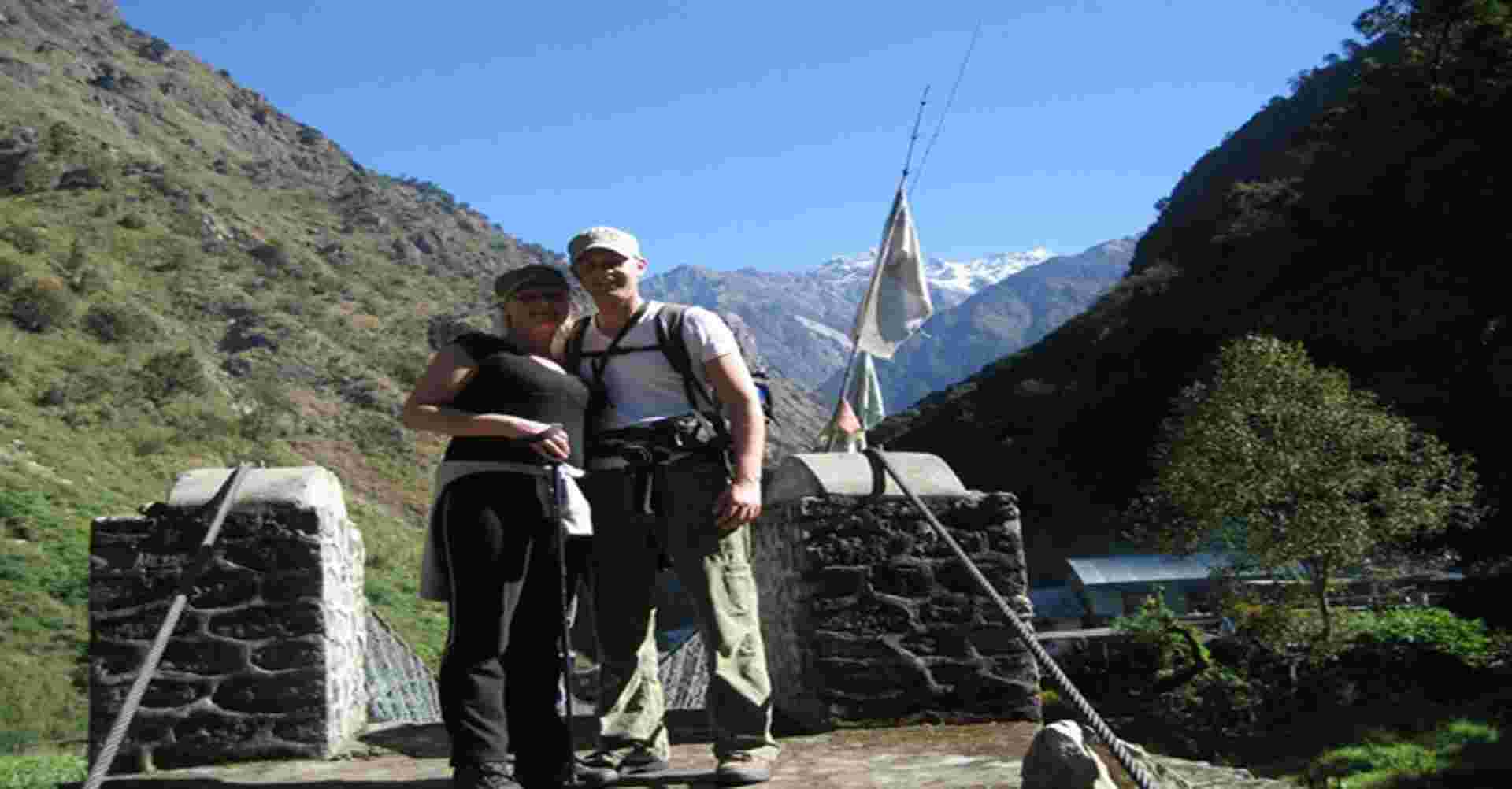
Get Trip Brochure & Exclusive Discount
Download a detailed PDF brochure and unlock an exclusive discount for this tour
What's Included
Optional Add-ons Available during check-out
What's Excluded
Tour Availability
Select your preferred departure date and secure your spot
Loading availability...
Monthly Price Comparison
Good to Know
Frequently asked questions
Frequently asked questions relating to this tour or destination.
Do you need help from our trip consultants?
If you have any question about this tour or need help with planning a trip, please do not hesitate to get in touch with us.
Our travel experts are ready to help.


Why Book with Bookmundi
Earn USD 24+ in travel credits.
Best price guaranteed.
No credit card or booking fees.
100% financial protection.
Carbon neutral tours.
25,000+ trip reviews, with an average rating of 4.8 out of 5.
